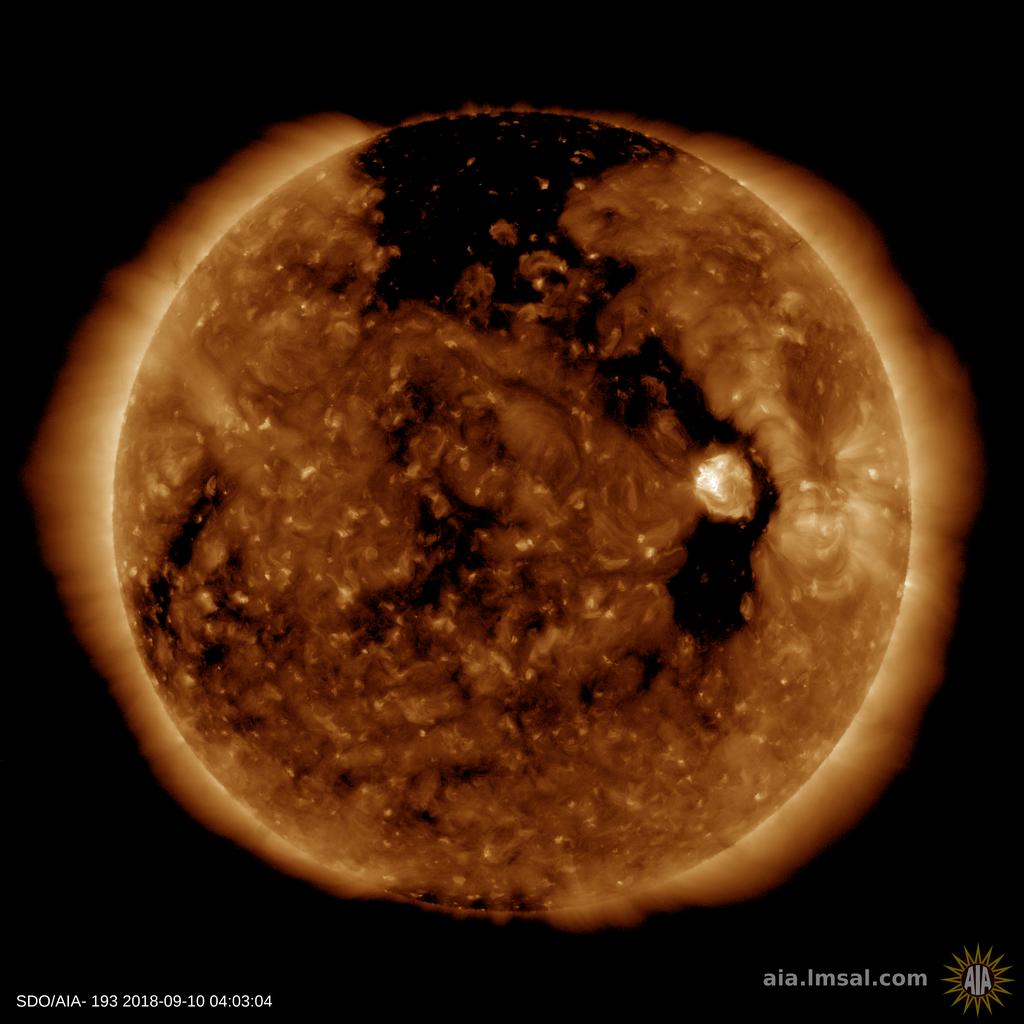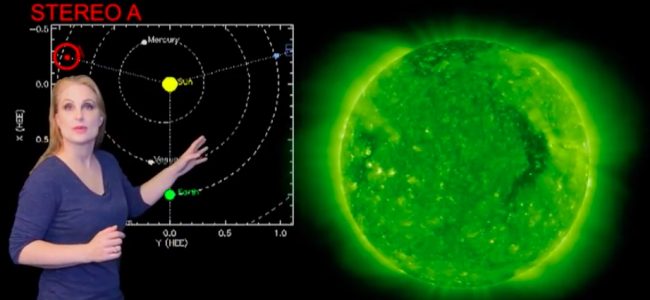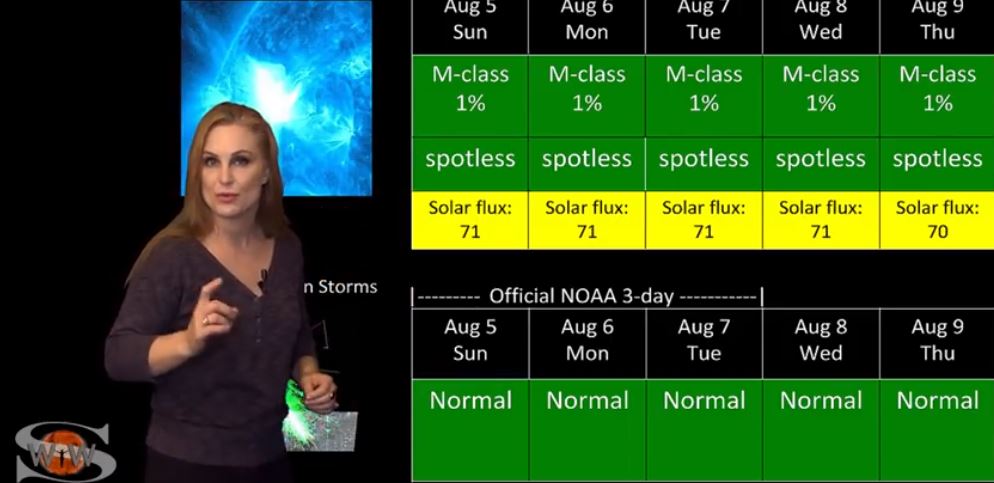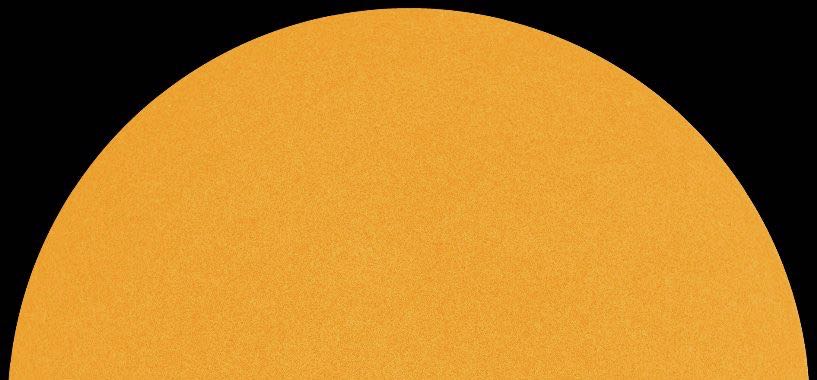From Spaceweather.com:
“NOAA forecasters say there is an 80% chance of minor G1-class geomagnetic storms on Sept. 11th when a stream of solar wind is expected to hit Earth’s magnetic field … There’s a chance that the storm could intensify to category G2 (moderately strong).”

Image: Solar Wind flowing from this canyon shaped coronal hole could reach Earth on September 11 thru 12th. Credit: SDO/AIA from Spaceweather.com
Will this impact your radio plans over the next two days? Go to Spaceweather.com for updates.
UPDATED 10:30 P.M. EDT:
I just received this update from the Forecast Center:
Product: 3-Day Forecast
Issued: 2018 Sep 11 0030 UTC
Prepared by the U.S. Dept. of Commerce, NOAA, Space Weather Prediction
Center
A. NOAA Geomagnetic Activity Observation and Forecast
The greatest observed 3 hr Kp over the past 24 hours was 5 (NOAA Scale
G1).
The greatest expected 3 hr Kp for Sep 11-Sep 13 2018 is 6 (NOAA Scale
G2).
NOAA Kp index breakdown Sep 11-Sep 13 2018
Sep 11 Sep 12 Sep 13
00-03UT 5 (G1) 4 3
03-06UT 6 (G2) 5 (G1) 4
06-09UT 5 (G1) 4 3
09-12UT 4 3 2
12-15UT 4 2 2
15-18UT 3 2 2
18-21UT 3 2 2
21-00UT 4 2 2
Rationale: The geomagnetic field will likely reach G2 (Moderate) levels
on day one( 11 Sep) as a result of a positive polarity CH HSS. Activity
is expected to taper some by day two (12 Sep), but G1 (Minor) storm
conditions are still likely. Day three (13 Sep) is expected to be a day
of transition, with G1 conditions becoming less likely.
Guest Post by Troy Riedel – career retired Veteran, educated Synoptic Meteorologist & an amateur astronomer hobbyist who likes to also “play shortwave”.






